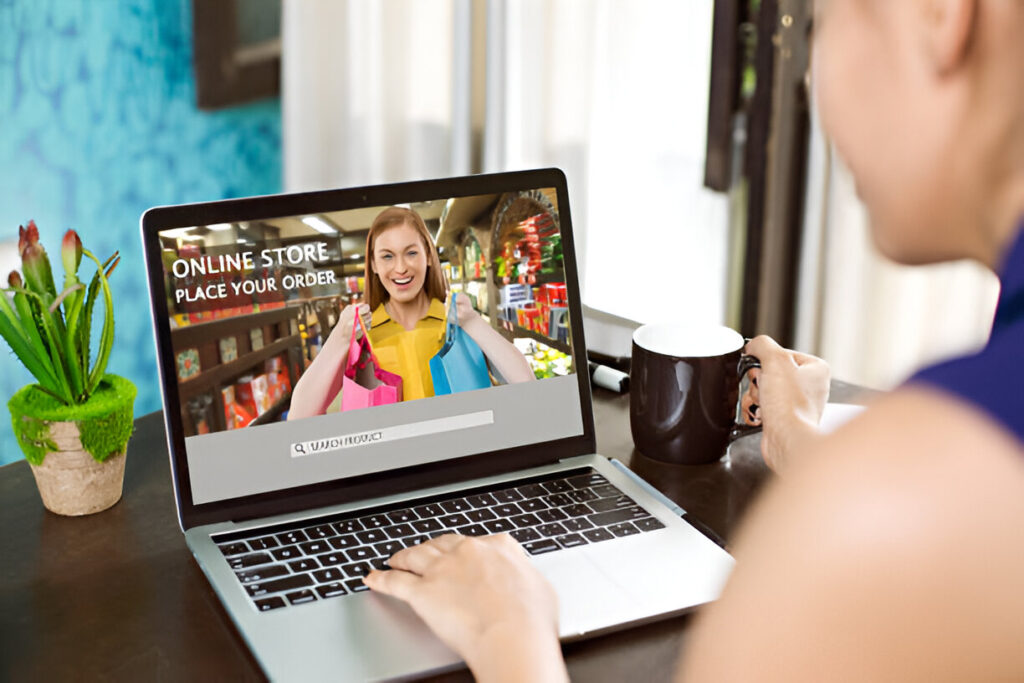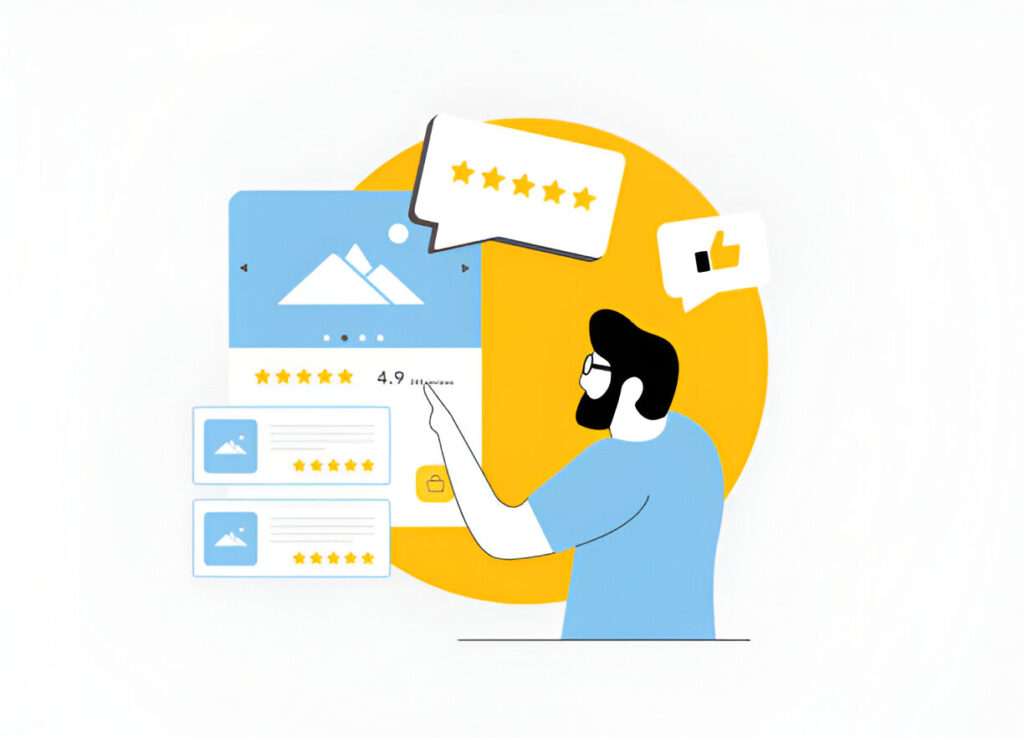In 2025, the eCommerce industry is more competitive than ever. With thousands of online stores competing for attention, standing out is no longer about just having great products—it’s about how effectively you can attract attract new customers, engage, and convert.
Google’s recent updates—AI Overviews (AEo), Featured Snippets, and the EEAT framework (Experience, Expertise, Authoritativeness, and Trustworthiness)—have redefined how businesses appear in search results.
If you’re wondering how to attract new customers to your online store, you’re in the right place. This article dives into 8 practical, proven strategies that help eCommerce businesses reach more people, earn trust, and turn interest into revenue.
Optimize Your Online Store for SEO to Be Discovered Organically

Why SEO Is Your Long-Term Customer Magnet
Search engines are often the first touchpoint between your brand and a new customer. Ranking high in Google means your products are seen without spending money on ads.
Key SEO Actions:
Optimize product pages: Use semantic keywords naturally in titles, meta descriptions, product descriptions, image alt texts, and URLs.
Structure your site well: Implement silo structure (collections > products), fast-loading pages, and mobile responsiveness to meet Core Web Vitals.
Use schema markup: Add structured data (Product, Review, Breadcrumb, FAQ) to become eligible for Featured Snippets and Rich Results.
Blog regularly: Answer user-intent queries like “best gifts under $50” or “how to choose a running shoe” using long-form content.
AEO Tip: Format content for AI Overviews with direct answers,
bullet lists, and clean HTML headings.
Launch Targeted Social Media Campaigns to Drive New Traffic
Social media platforms are powerful tools to reach new audiences. With platforms like TikTok, Instagram, and Facebook optimizing their algorithms for engagement and discovery, it’s easier than ever to attract new customers—if you have the right strategy.
Action Plan:
Identify your audience: Millennials on Instagram, Gen Z on TikTok, professionals on LinkedIn—go where your target buyers are.
Use paid ads effectively: Run conversion-focused campaigns using interest targeting, lookalike audiences, and retargeting ads.
Create engaging content: Product demos, unboxing videos, influencer testimonials, and live streams build credibility and emotional connection.
GEO Tip: Use location-based targeting to promote flash
sales, local delivery options, or regional campaigns.
Improve User Experience (UX) to Convert Visitors into Buyers
A fast, intuitive website encourages trust and reduces friction in the buying process. Google also favors websites that offer excellent UX through faster page loads, mobile responsiveness, and minimal click depth.
Key UX Upgrades:
Mobile-first design: Over 70% of online shopping now happens via mobile. Make sure your layout, buttons, and product views are fully responsive.
Speed optimization: Compress images, use caching, and minimize scripts. Google’s PageSpeed Insights tool can guide improvements.
Simplify navigation and checkout:
Use sticky “Add to Cart” buttons.
Offer guest checkout and multiple payment gateways.
Minimize the steps between product view and purchase.
Featured Snippet Optimization:
Create FAQ sections like “How long is delivery?” and
“What is your return policy?” with <h3> tags and short
answers for higher visibility.
Build Trust with Social Proof and Transparent Branding

Trust is the currency of online commerce. Without it, customers hesitate. Google’s EEAT signals emphasize transparent, reliable, and experience-backed information.
Add Trust Elements:
Customer reviews and testimonials: Highlight on product pages with photos and names. Use Review Schema to improve visibility in search.
Trust badges: SSL certificate icons, payment security logos, and money-back guarantees increase conversion rates.
Detailed About Page: Share your brand’s story, team bios, and experience to showcase authenticity and expertise.
EEAT Tip:
Use your experience—share behind-the-scenes images,
customer case studies, or founder insights to build
credibility.
Start a Referral Program to Leverage Word-of-Mouth Marketing
Referral programs are one of the most powerful tools to bring in high-converting traffic. People trust recommendations from their friends more than any ad.
Setup Tips:
Make sharing easy: Provide referral links or codes via email and mobile share buttons.
Reward both parties: Offer discounts or credits for both the referrer and the referred.
Gamify the program: Tiered rewards, milestones, and exclusive perks keep customers engaged.
Add a “Refer a Friend” CTA prominently on your homepage
and post-purchase pages.
Use Content Marketing to Educate and Attract Intent-Driven Buyers
Content builds authority, educates your audience, and fuels your SEO. When done right, it answers your ideal customer’s questions before they even ask.
Types of Content That Work:
-
Blog posts: “How to choose the right [product]” or “Top 10 [industry] trends”
-
Buying guides: Help customers compare products and make informed choices.
-
Video tutorials and demos: Especially important for products that require assembly or setup.
-
User-generated content (UGC): Encourage users to tag your store in photos—repurpose this content with permission.
Semantic SEO Tip:
Use related terms and variations (LSI keywords) throughout
your content to support entity optimization for Google
Entity Optimization (GEO).
Collaborate With Influencers and Niche Communities

Partnering with micro-influencers or content creators can help you reach new, highly engaged audiences without the cost of major celebrity endorsements.
Action Plan:
Identify niche influencers: Look for creators with high engagement (not just high follower counts).
Create authentic campaigns: Let influencers create content in their own voice to maintain trust.
Track and measure ROI: Use affiliate links, custom codes, or trackable UTM parameters.
Tip: Influencer marketing not only builds reach but also
enhances EEAT by associating your brand with real
user experiences.
Create Lead Magnets and Email Marketing Campaigns That Convert
Many visitors won’t buy on their first visit. But if you capture their email, you can follow up and convert them later.
Email Funnel Ideas:
Lead magnets: Offer a free guide, checklist, discount, or quiz in exchange for email.
Welcome sequence: Share your story, value proposition, and best-sellers.
Behavior-based flows: Cart abandonment emails, re-engagement campaigns, VIP offers.
On-Page Tip:
Use exit-intent popups, in-line CTAs, and email forms across
high-traffic pages.
Conclusion: Your Action Plan to Attract New Customers Online
Winning new customers in today’s competitive eCommerce landscape means combining smart marketing with strategic SEO, trust-building, and user experience improvements. With Google’s AI-driven search, Featured Snippets, and EEAT emphasis, your focus must shift to providing value-rich, transparent, and experience-based content.
Here’s a Quick Summary of What You Should Implement:
SEO: Organic traffic through keyword-rich, well-structured pages
Social Ads: High-targeted, ROI-driven campaigns
UX: Smooth, fast, mobile-first experience
Trust: Social proof and EEAT signals
Referrals & Influencers: Tap into social circles
Content Marketing: Educate and attract
Email: Nurture, segment, and convert
Next Step:
Choose 2–3 strategies and apply them over the next 30 days.
Track results, tweak, and scale what works.